Affiliate links on Android Authority may earn us a commission. Learn more.
Tizen Uprising: Will a mid-range Z3 allow Samsung's OS to reach a larger crowd?
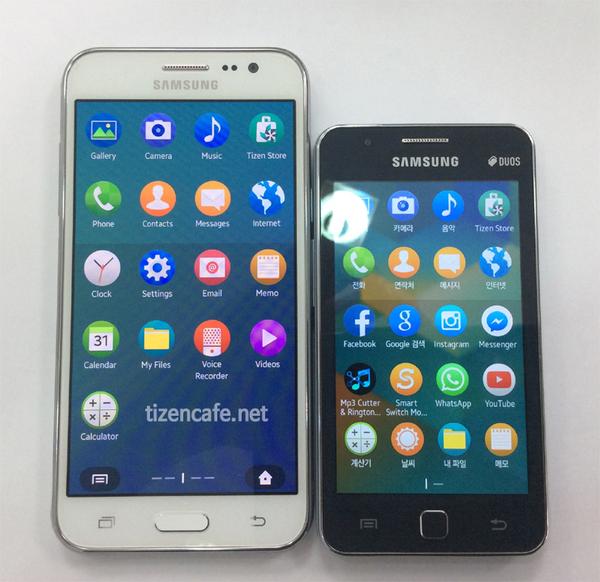
Despite initial reports that Samsung’s first commercially released Tizen smartphone was a flop, the device went on hit a major milestone in key markets where it was sold. Still, the mainstream media and phone-loving public were quick to dismiss the device, known as the Z1, both because of its unabashed low-end specs, and the fact that it runs an, essentially, brand new mobile OS that is devoid of the robust app marketplace Android and iOS enjoy.
Much as how Microsoft sought to skip Windows 9, so too does it look like Samsung will play parlay with darling digits: the upcoming – yet still unofficial – Z3 smartphone is shaping up to be bigger and better than its predecessor in every way possible. Literally.
New images of the device supplied by Tizen Cafe, and coupled with specs as listed on SamMobile paint the following picture of the device. It will allegedly have a/an:
- 5-inch 1280 X 720 Super AMOLED display
- 1.3GHz Quad-Core Spreadtrum SC7730S SoC
- 1.5GB of RAM
- 8-megapixel rear camera, 5-megapixel front camera
- Dual SIM support
- 2600mAh battery
- Tizen 3.0
Obviously these specs are decidedly mid-range material, especially when coupled with the Korean OEM’s liberal use of plastic for the build, however when compared to the original Z1, this is a major upgrade.
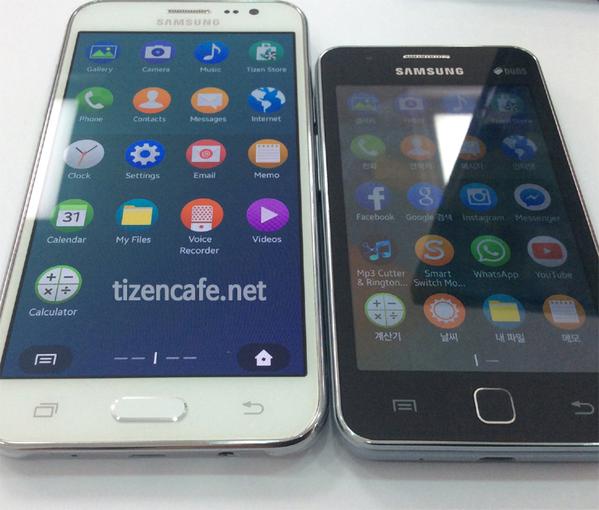
For reference, the original Z1 came with a 4-inch 400X800 PLS TFT display, a 1.2GHz Dual-Core Spreadtrum SC7727S SoC, 768MB of RAM, 3.15-megapixel rear camera and VGA front-facing camera, a 1500mAh battery, and Tizen 2.3.
A story of success, however “small” it may be
As far as Tizen goes, this is a significant upgrade that is posed to pounce on customers in India, Bangladesh, and Nepal where the device is supposedly going to launch. There may be a larger picture in mind however, given that reports have been surfacing for some time now indicating Samsung may have an intention to release this device, or a future one, in Europe. Indeed Russia was once going to be the testing bed for Tizen for the scrapped Samsung Z device that never made it to market.
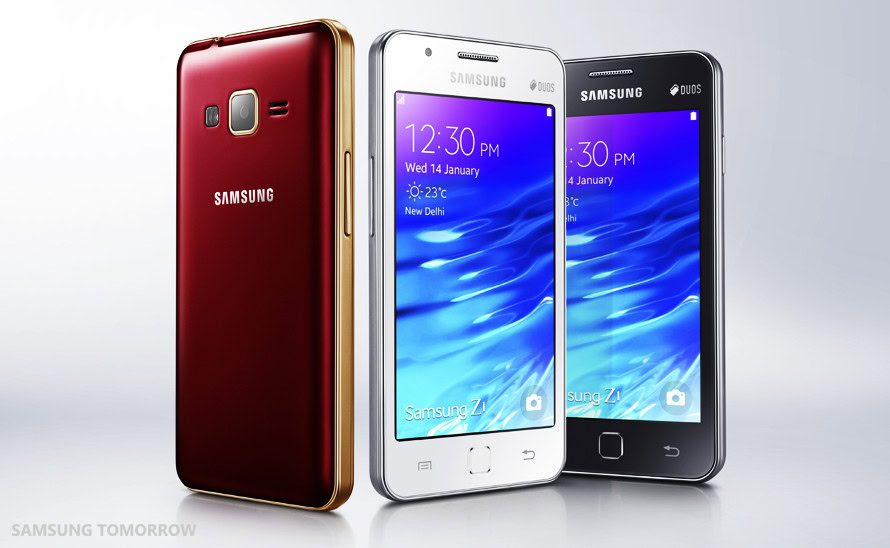
Given that the Z1 had sold a million units as of June, clearly it found a market. In fact, it found a market curiously larger than last year’s Galaxy Note Edge which, as of this February, had only sold an estimated 630,000 units worldwide. Naturally pricing was an issue here, and indeed the Z1 can currently be purchased directly from Samsung India for an impressively reasonable 4,990 Rupees (roughly $75 US).
While it’s difficult to find concrete sales numbers related to Firefox OS devices, given a recent report that Mozilla will change its strategy and focus on higher-end products, Tizen has certainly managed to score, especially given that some of Mozilla’s partners produced products priced at a preposterously petite $25. For reference, LG’s “high end” Firefox phone, the Japan-only Fx0 certainly raised a few eyebrows when it launched, but – at least based on personal observation – has absolutely failed to gain any market share whatsoever in Japan.
Much to do about market and mainstream
The real question is what Samsung plans to do with its Tizen smartphones, and perhaps more specifically, where it plans to take it. Let’s consider a few possible scenarios and what each entails.
Low-end, small-scale
As it stands now, the Z1 is a low-end device, and even the Z3 -while having significantly spectacular specs- is still boarder-line mid-range. Samsung could continue to market and sell future products in developing countries which typically have a price sensitive market. Interestingly enough this would actually play well into Samsung’s “strategy” with its Galaxy products: even the low-end J-series is priced significantly higher than the Z1.
The (smart) decision to skin Tizen so that it looks remarkably similar to the TouchWiz that adorns Android is definitely a plus. By keeping costs at an absolute low, or at least lower than the cheapest Galaxy devices, Samsung can foster an environment where budget-conscious customers still feel comfortable buying into its established brand name, as opposed to a more unfamiliar competitor’s offering from China.
This has been one of the key problems, as keen competition from companies like Huawei and Xiaomi – as well as Indian brands like Micromax – have eroded the absolute domination Samsung once had. Focusing on markets like India, China would still keep things globally small scale, yet potentially patch up the declining sales in the region.
Low-end, large scale
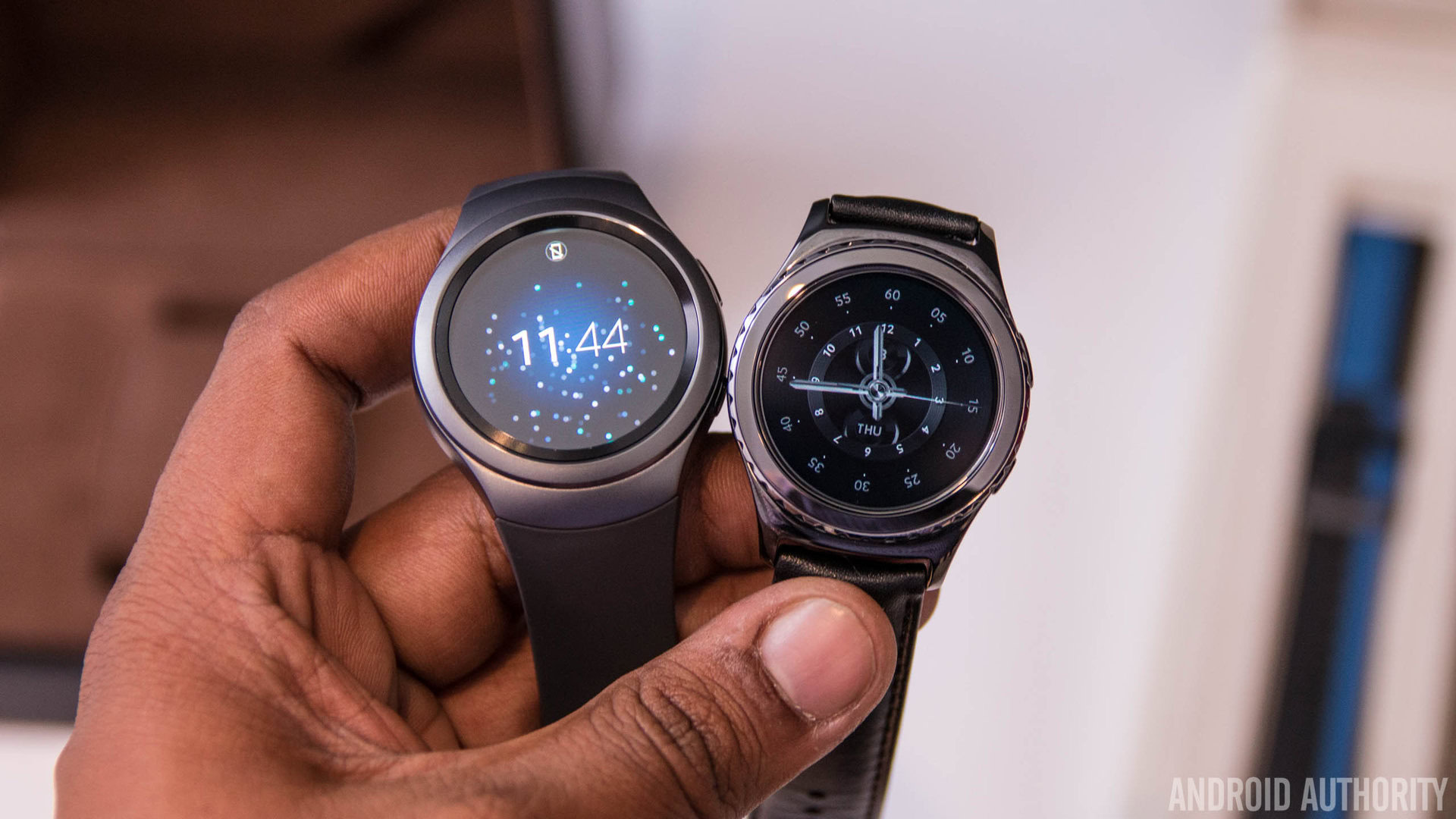
If Samsung were to offer the Z1, or even the Z3 on a large scale, the results would potentially be quite pessimistic. Customers in markets like the United States, Canada, and various European countries may be far less receptive to an upstart mobile OS, if they even consider it at all. While the prospect of an extremely cheap phone is indeed nice, many carriers offer lower-end products at $0 down with a two-year contract, and they at least run Android and have access to the seemingly endless numbers of apps in the Google Play Store.
Until Samsung can get major, mainstream app development support for Tizen, arguably the best it could hope to become is a competitor to Microsoft and the Windows Phone platform, at least in markets like North America. Even then things are likely to diverge quite soon given that Windows 10 will feature Continuum and thus allow for a great deal of connectivity and convergence between the full-blown OS and the mobile counterpart.
High end, scale-independent
On the other hand, Samsung could go high end and release a power-packed Z4 that rivals the Galaxy S6. In theory, there is nothing stopping the company from doing so, or even using a curved Super AMOLED display in the process.
The problem here is that a premium device will command a premium price. While the Z1 has sold quite well largely due to being budget-friendly, how well would a $600 Z4 sell? Regardless of the scale of sale, customers in any market would arguably be compelled to buy a premium Android offering instead, for the sole fact that the app ecosystem is so rich. Take away the low price and customers in India or Bangladesh would be forced to view the Z4 in the same light as the Galaxy S6, thus making offerings by HUAWEI and such instantly more appealing.
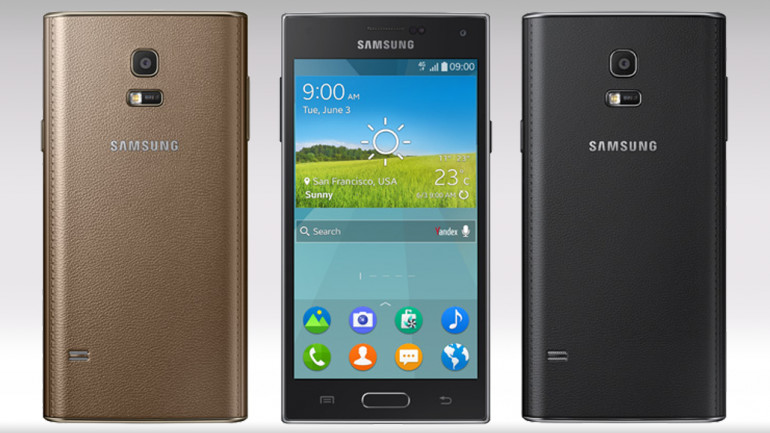
Of course, Samsung could technically release a Z4 that has S6-eqsue specs and yet charge considerably less for the product. This would definitely give it a competitive advantage yet would also, paradoxically, serve to imply the S6 was vastly overpriced. It would, in a sense, give the impression that the inclusion of Android is what demands the costly expenditure and thus without it, the phone (this theoretical “Z4” being discussed) could be much cheaper. The end result might be general backlash.
What does this mean for Android?
As things stand now, Google is not likely to perceive Tizen as a threat, even if Samsung is clearly trying to position it as such. Indeed the fact that the company’s Gear smartwatches use Tizen as well as plans for an Internet Of Things-future tied to the platform (Version 3.0 will specifically include support for such cross-device compatibility.
This would create a sort of digital uroboros, but the serpent would ultimately be circling Google. It's good for Samsung, but counter-intuitive to what Tizen arguably represents.
Ironically despite all the time and effort Samsung has poured into the Tizen platform, it currently exists in a rather curious state not unlike the Nokia X devices that released last year: Prior to Microsoft’s acquisition of Nokia’s mobile division, Espoo released the X-series of smartphones; devices that were actually running Android. Of course, these products were heavily skinned in such a way that they resembled Windows Phone 8.1. The plan was supposedly that the Nokia X products would familiarize customers with the look and feel of Microsoft’s mobile platform and thus foster a logical upgrade to it when time came to change devices.
The fact that the Z1 and Z3’s build of Tizen looks like Android – or at least TouchWiz Android – might very well be viewed as fostering the same phenomenon: hook customers with the basics and then get them committed to the OEM and interface such that future purchases entail more premium products. Of course, these products will be running Android. This would create a sort of digital uroboros, but the serpent would ultimately be circling Google. It’s good for Samsung, but counter-intuitive to what Tizen arguably represents.
Wrap up
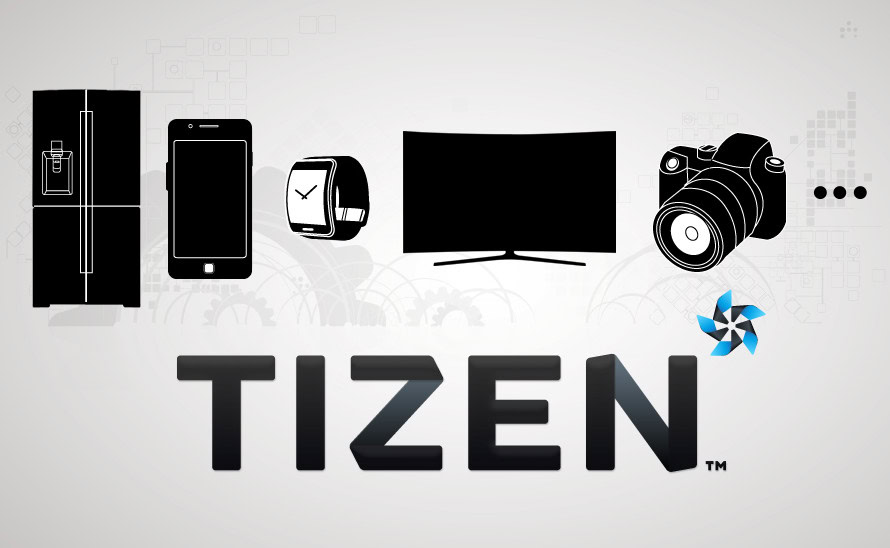
While the Samsung Z1 was never meant to turn heads outside of the key Asian markets it released -save for perhaps Samsung fans intend on owning every device- the Z3 has the potential to attract a fare share larger magnitude of attention. Granted those in love with products like the Galaxy S6 Edge or the Galaxy Note 5 will likely never even know it exists, but big things can indeed start small. And in this case, Samsung is literally going bigger in every way possible. It will be quite interesting to see what the future has in store for Tizen, as well as what comes from the aforementioned reports of a pending European launch.
We would love to hear your thoughts on this issue. Could Tizen ultimately become a real threat for Android or is Samsung basically throwing money down the proverbial toilet? Would you consider purchasing a Z3 for the sake of novelty, as a back-up phone, or even a daily driver? Please leave us your comments below and by all means, let us know!